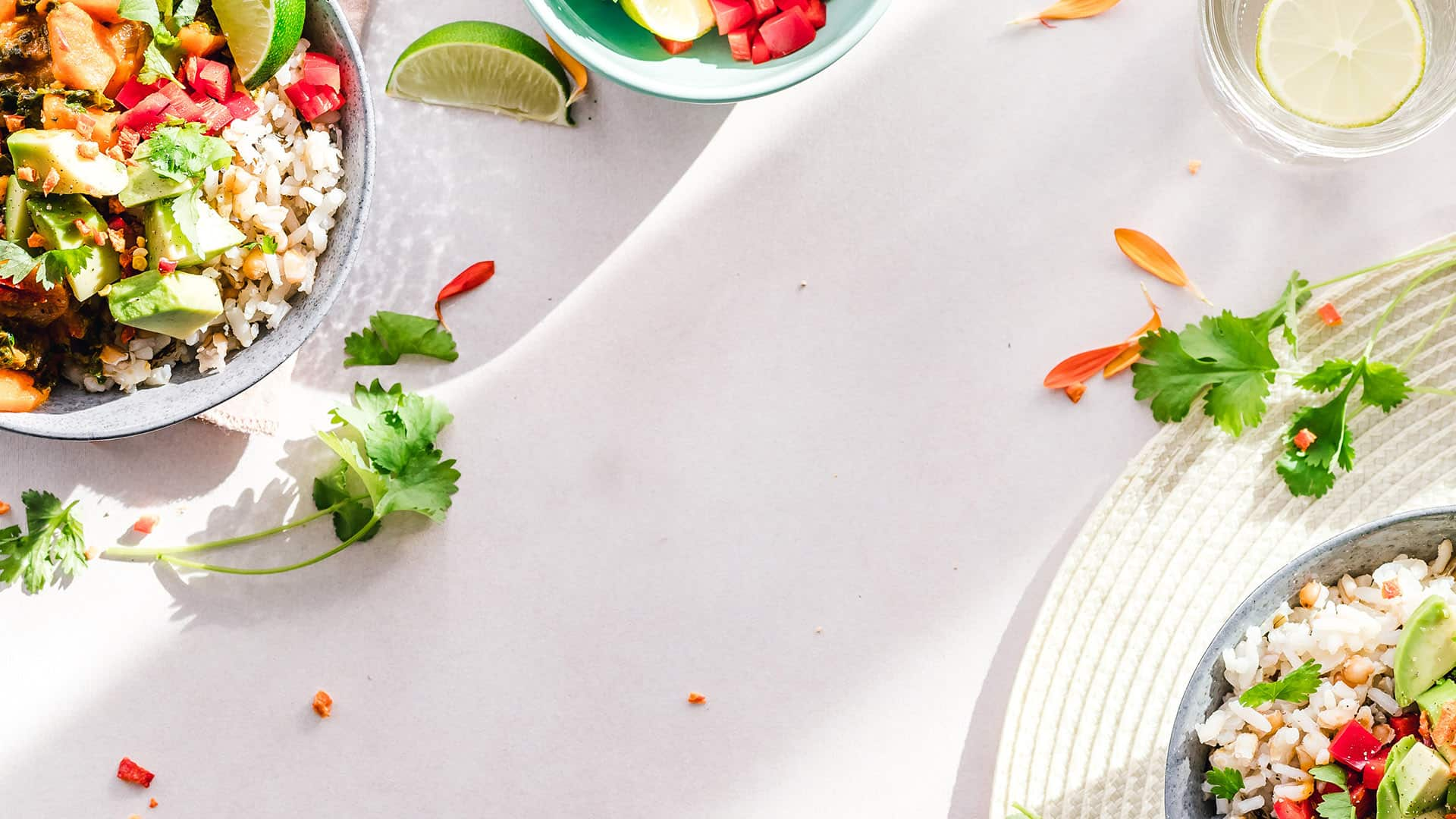
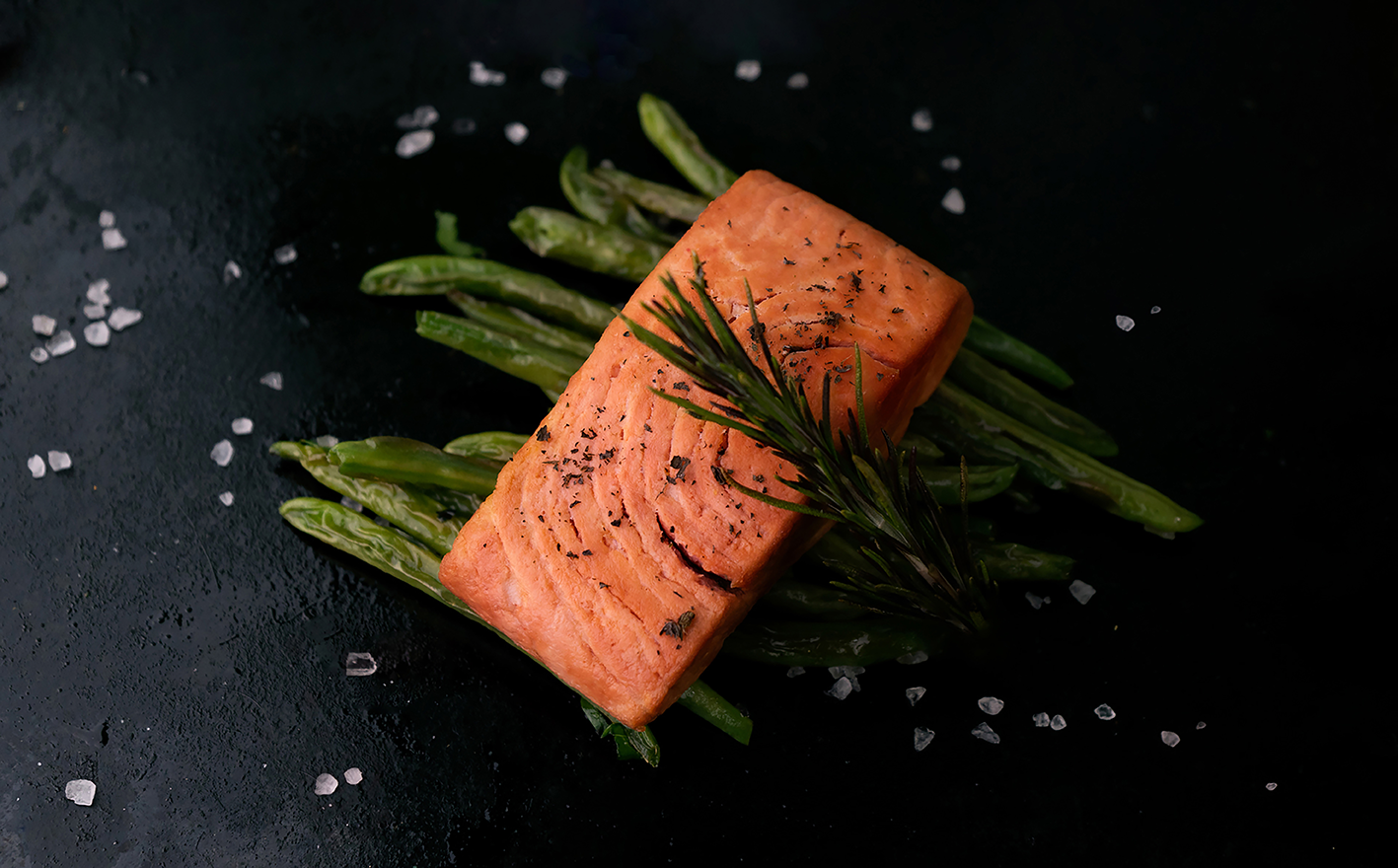
Deep Dive: A cut above
Alternatives to animal and seafood products have, traditionally, been an approximation at best. Here, Frank Millard discovers that technologies such as 3D printing are enabling companies to faithfully replicate look, taste and sensation at scale
Food substitutes are not new, but have been made for a variety of reasons, usually scarcity or cost. Mock turtle soup, for instance, was invented as a substitute for green turtles, which had been over-hunted in the 18th century. Margarine was developed in 1869 as an alternative to butter. Substitutes for eggs and coffee were created during the Second World War, when such food-stuffs were hard to come by. Since then, health and food intolerances have influenced the market greatly.
In around 2011/12, the global population reached seven billion and is forecast by the UN to hit eight billion in 2023 – that’s next year! This rise has put pressure on food supply exacerbated by human conflict and climate change as well as loss of farmland to home the rising population. By 2030, global food demand is expected to rise by 35%.

Improvements in farming methods and increased yields as a result of scientific advancements and efficiencies can only go so far, however. The direction of the global population is relentlessly upward while the potential of available farmland to provide for it is increasingly unstable.
In the UK, latest research on food security from the Campaign for the Protection of Rural England has found that almost 14,500 hectares of England’s best agricultural land has been lost to development since 2010 – enough land to grow 250,000 tons of vegetables a year.
If only we could extend sustainability to food production and supplement traditional harvests and animal husbandry with an inexhaustible supply of protein-rich food-stuffs that provide sustenance, good nutrition and a quality taste experience at scale and low cost. Well, that’s the goal of scientists and companies around the world racing to meet the challenges of achieving price parity and sufficient commercial quantity.
An illness such as Anthrax, foot and mouth or Bovine spongiform encephalopathy can wipe out entire herds or fish stocks, while an agri-pandemic affecting rice or grain could lead to mass starvation. We have already witnessed what war and sanctions can do to grain supplies and what a human pandemic can do to supply chains. Food security is vital and has to be global and it has to be famine-proof.
“We need all options on the table to produce enough food to feed our growing world population,” suggests Ahmed Khan, Founder of CellAgri. “Technologies such as cell agriculture and protein ecosystems more broadly will be critical to achieve that.” However, companies will need to reach a sufficiently large commercial scale to be able to reach price parity and possibly even make cheaper products compared with conventional meat and seafoods, accomplishments that some believe will be achieved soon.
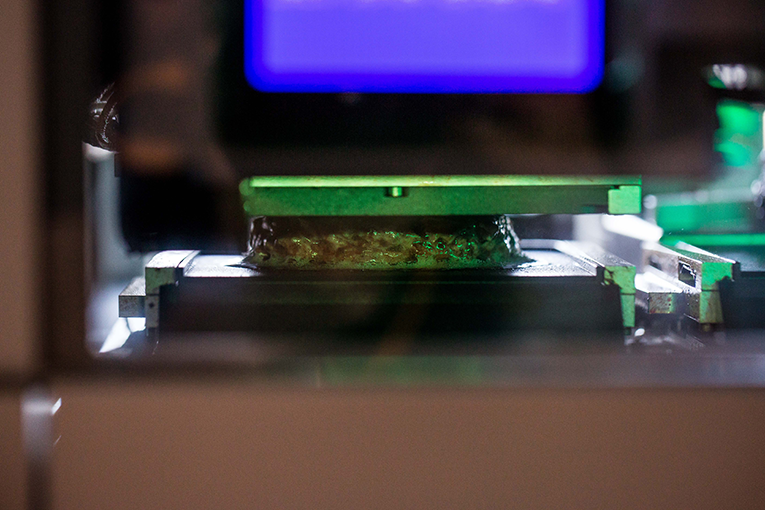
Commercial viability is essential to make these foods acceptable to a wider population, but so is social acceptance. “In any novel sector, communication is key, and with food technologies context is everything,” continues Khan. Consumers want to know how a product is made, but context is just as vital to help them understand why they should buy into it. For example, looking at food from the cells up and growing meat has positive implications relating to public health and animal welfare, which explains to consumers why scientists are researching these areas and companies are investing in the technologies. Khan believes that as long as requirements such as nutrient content, taste, texture and cost point are being met, consumers will be willing to experiment.
Life in 3D
Three-dimensional printing is one of the most revolutionary innovations of this century. Its impact on food manufacture is, as yet, difficult to quantify, but the influence of 3D-printed food on society will be just as monumental as that on production.
“There is no better-known way yet to implement an authentic texture to alt protein products,” suggests Insa Mohr, CEO at Mooji Meats, which uses a multi-nozzle system developed at Harvard University. “The printing speed increases linearly with the number of nozzles. We could already show that we can meet the capacity demand for large brands with our 3D printers which are usually in the range of several hundred tons a year.”
The biggest challenge is scalability. “There have been outstanding whole cut meats created through 3D printing, but so far there has been a struggle to produce them at a mass scale,” admits Mohr, after which she notes that scalability and price parity are linked.
“We believe that, in the future, consumer decision-making will be mainly driven by two factors – experience and convenience – and we see a role for our 3D printing technology in both.”

Mohr suggests one way in which experience could be delivered is through custom plant-based steaks being 3D printed in restaurants, and tailored to guests’ individual tastes and preferences.
Ouro Foods uses a platform that includes 3D bioelectrospraying, 3D cell electrospinning, 3D biojetting, 3D microfluidic gradient bioprinting, and basic bioprinting. Alt meats being made by this method include plant-based, micro-organism-based (mycoprotein), cultivated meat, and hybrid products that use plant and animal cells plus fat molecules. “The technology is considered the missing link in the alt-protein ecosystem as a result of its flexibility with material inputs as well as it being 30 times faster than extrusion bioprinting, truly scalable, having the capability to work at nanoscale for unlimited structural and sensory complexity, and being able to encapsulate flavor molecules and protein,” explains Dr Elizabeth Bennett, CEO of the company.
Bennett regards the slow speed of 3D extrusion bioprinting (30 minutes to create 1cm3) as a challenge, plus the limited complexity of structure and flavor due to extruding cells through a nozzle, which can result in 70% cell damage. “Dead cells mean that you can never have full cell functionality in the final product and a limited capability to form complex structures,” she says.
The product may be alright for vegetarians or vegans, but vegans aren’t the problem. “We’re past the point of hoping meat-eaters will make better decisions for moral reasons,” Bennett continues. “We need solutions quickly and ones that don’t require consumers to sacrifice anything: flavor, cost, or convenience.”
Jacob Nehman from Steakholder Foods agrees that, on the whole, people are not prepared to completely abandon meat consumption, but are increasingly aware of the negative impact of meat on the planet and on food security. “These two realities have influenced our mission as well as our specific approach to cultured meat production,” he notes.
Tipping point
Barak Orenstein, Vice President Marketing at SavorEat, believes that for 3D printers to become common kitchen appliances, the technology will need to mature. “The tipping point will come from a confluence of factors. First, the maturity of the technology. Secondly, the management of the inventory for food manufacturers will become easier and cheaper as they would be able to manufacture food based on demand. And, finally, 3D printing can also boost food innovation and culinary creativity, with chefs and cooks around the world leveraging 3D printing to create beautiful-looking food in a variety of shapes and colors, which will also impact the rate of acceptability and diffusion.”
Nehman does not see a single tipping point but a convergence of factors, including cost, scalability and public acceptance. “Everyone in this industry is currently working on all three,” he reports. “The completion of approvals will help with public acceptance, but it is on the shoulders of industry players and advocates to properly educate the public on the virtues and benefits of cultured meat.
“The cost of cultured meat development is decreasing all the time in relation to advancements in technology and biological processes,” Nehman continues. “Growth factors for use in cell media have been a big contributor to high cost. We are constantly working to reduce the cost of cell media. Scaling will also bring costs down. One major missing element for scalability has been technology infrastructure. And a big advantage Steakholder Foods has is that we are developing the infrastructure that will allow for effective scalability and manufacturing flexibility (based on market demands) that the industry will require in the coming years.”
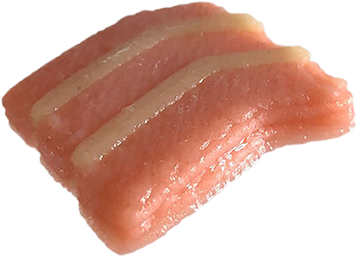
The final cut
The Holy Grail for companies is to replicate all the taste, texture and nutritional value of conventional meat and fish for the same price and in similar quantities, without being dependent on climate, supply chains or animal health.
For example, the global appetite for seafood continues to rise as a result of its health advantages and public taste. However, depleted fish stocks and aquaculture suffering from rising global temperatures associated with climate change mean that if there isn’t a shift of focus onto alternatives, supplies will be severely limited.
SeaSpire is developing whole fish cuts through a proprietary bioprinting process using plant protein ingredients and synthetic biomass. Although SeaSpire’s Co-founder, Varun Gadodia, doesn’t think that plant-based seafood alone can provide the quantities necessary to make up for all the losses in fish stocks, his company intends to make up for the shortfall with its whole-muscle cut technology, until cultivated seafood picks up.
“At least 60% of the conventional meat market is made up from whole cuts, but whole cuts barely exist in the plant-based meat space yet,” says Mohr, who envisages a tipping point will be reached as soon as plant-based steaks, filets and cutlets are available that people like and that are affordable enough to consume regularly.
Robin Simsa, CEO at Revo Foods, says that one advantage of 3D food printing is that it can combine multiple different materials into a structurally heterogeneous product, which resembles the complexity of, for example, a salmon fillet – orange muscle meat with finely distributed white connective tissue. “The arrangement of the muscle fibers and connective tissue layers can be precisely controlled, which leads to an incredibly realistic appearance and mouth-feel.”
Taste is the most important criterion for consumers looking for plant-based options. So, Revo is working with different algae extracts and other ingredients to give its products unique flavors and uses a combination of plant oils for an omega-3 content, which it claims is even higher than the one of aquacultured salmon.
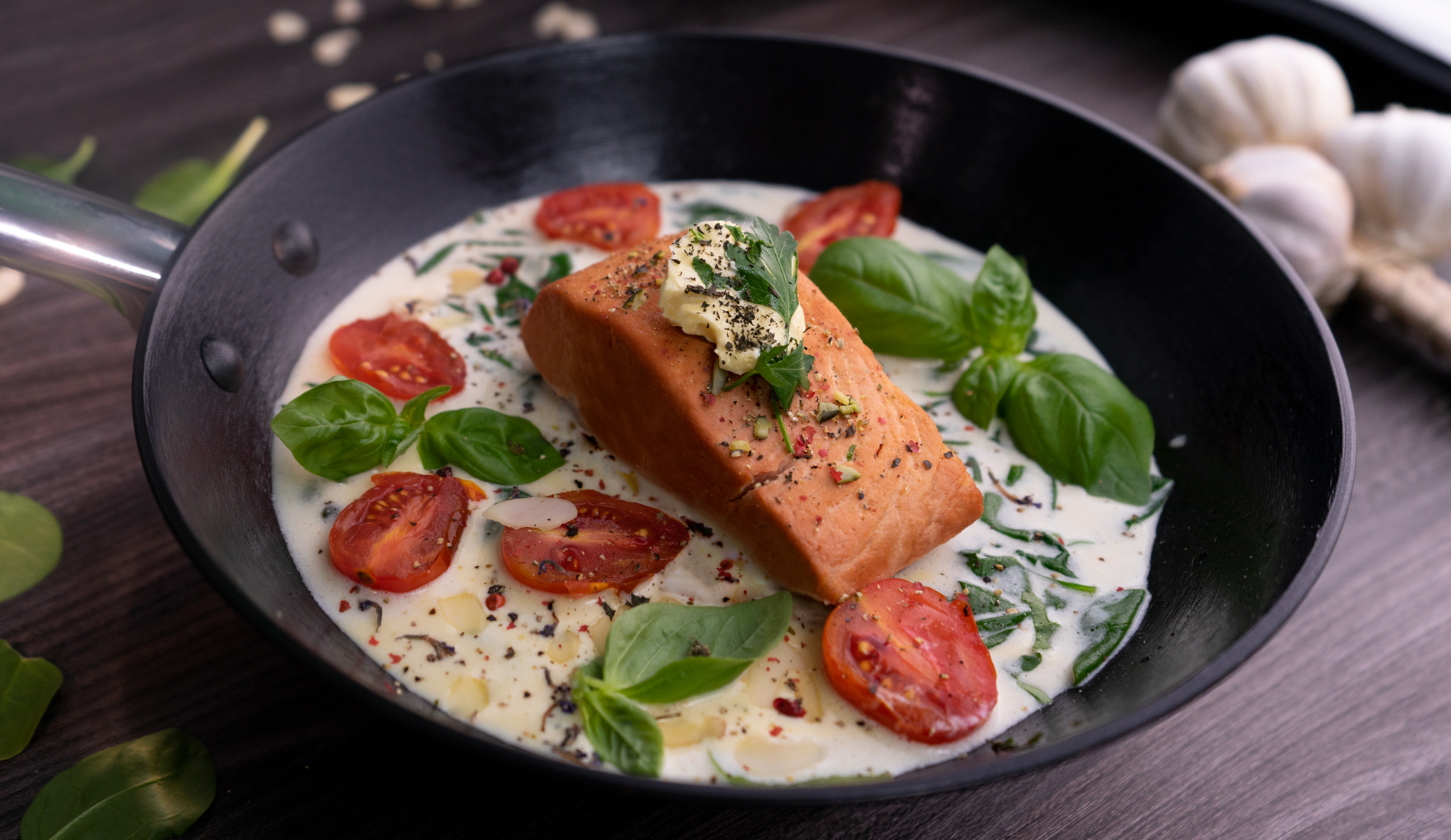
SavorEat uses robotic XYZ motion together with a materials-dispensing unit to control the size and shape of its product. “The texture, appearance and the nutritional properties of our plant-based products (burgers, patties) is achieved by using a combination of different sources (pea, chickpea, etc) of textured vegetable proteins (TVP) and concentrate/isolate proteins together with vegetable oil/fat, vegetable stabilizers and colors,” explains Orenstein. “Through 3D printing, it’s possible to get the texture and mouth-feel levels that are less possible through other means.”
Nehman says Steakholder Foods’ goal is to make high-quality real meat using the basic building blocks of actual animal muscle tissue and fat – cells. “Essentially, we are aiming to replicate how it happens inside the body of the animal. In general, the quality of the cells and the nourishment and conditions provided all factor into the taste, texture and appearance of the final product. We can also control the fat content which also influences the final taste, texture and nutritional properties. So, for example, when we print whole cuts of meat, our 3D printing technology is capable of high-precision marbling. This means that we will be able to produce fat percentages customized to consumer taste and health considerations.”
The future
The future looks very promising indeed. According to research in 2021 from the Good Food Institute, private label plant-based meat was among the top 10 in dollar sales for alternative meat and dairy products. Also, from 2021, a Boston Consulting Group/Blue Nalu report predicted cultured meat would rise to 122% CAGR between 2030-2035.
The ‘second-best’ image of alternative food-stuffs is all but over because modern technology is capable of producing food of equal – if not superior – quality and taste to its conventional equivalent, which also offer greater nutritional content and environmental benefits.
Until recently, cost point and scalability have been the only practical impediments, but even that appears no longer the case. Once consumers realize that they can eat food that is ethical, tastier, safer, cheaper, healthier and more readily available than conventional cuts, the alternative protein market will be assured.
If you have any questions or would like to get in touch with us, please email info@futureofproteinproduction.com







